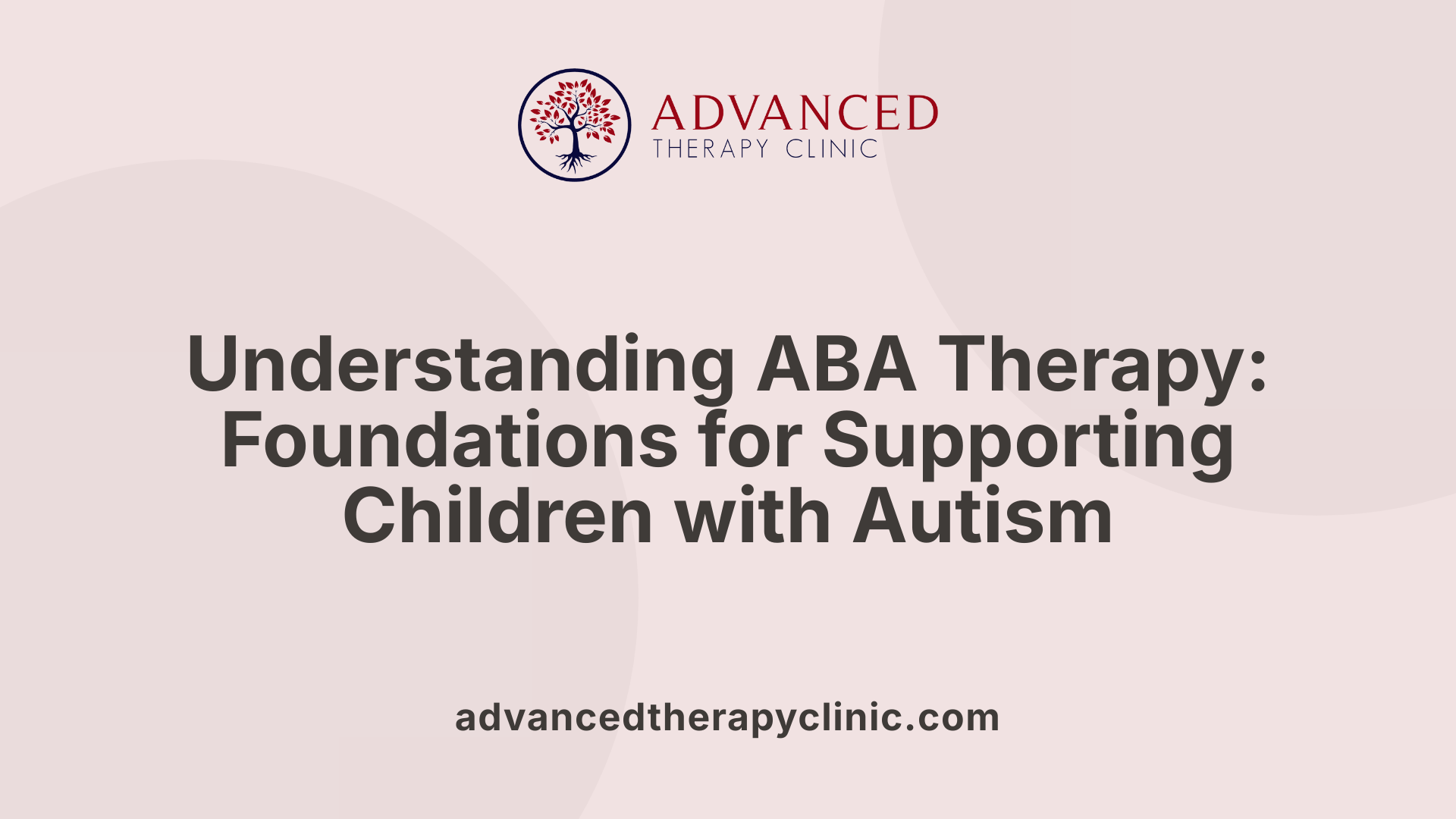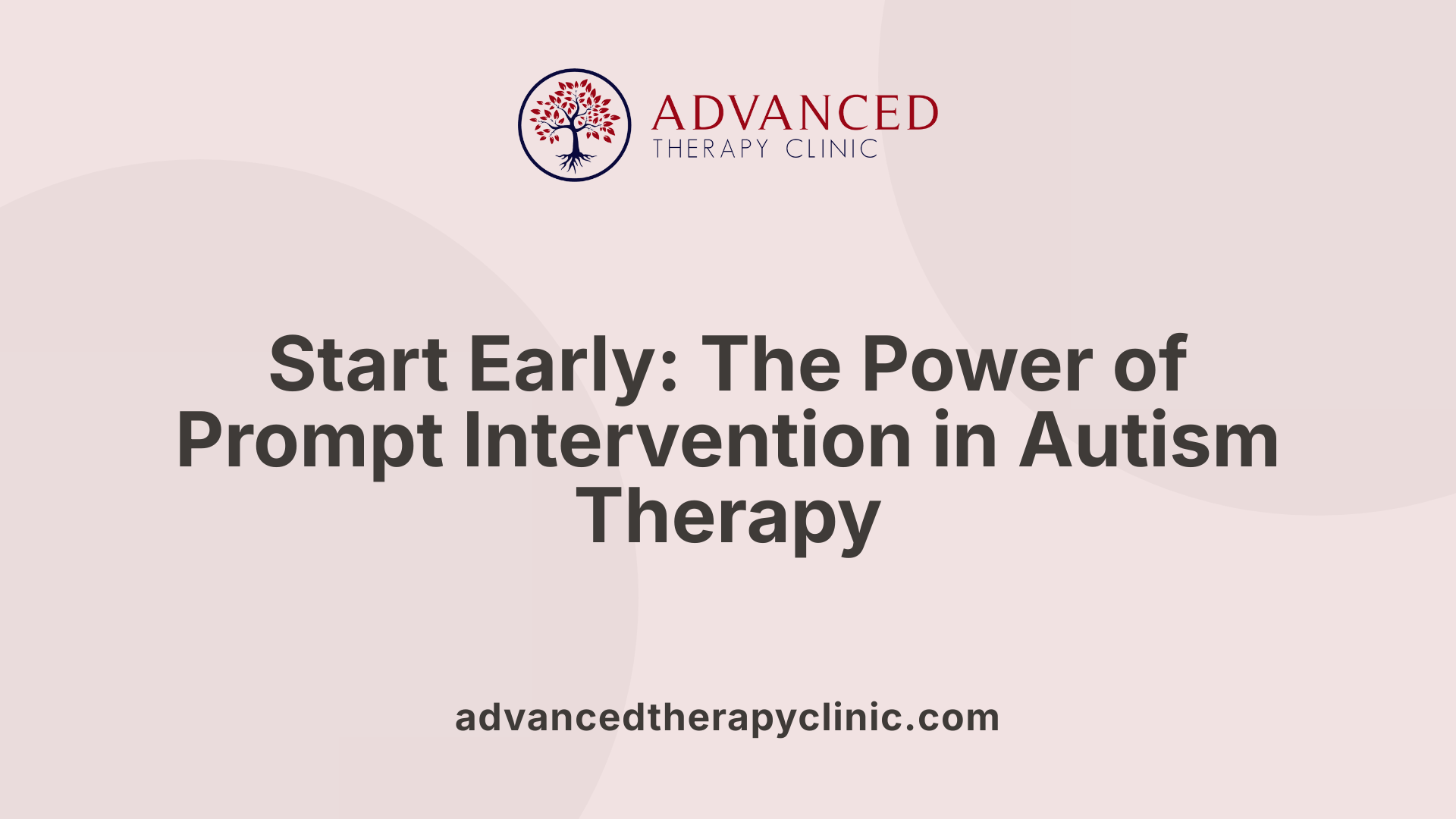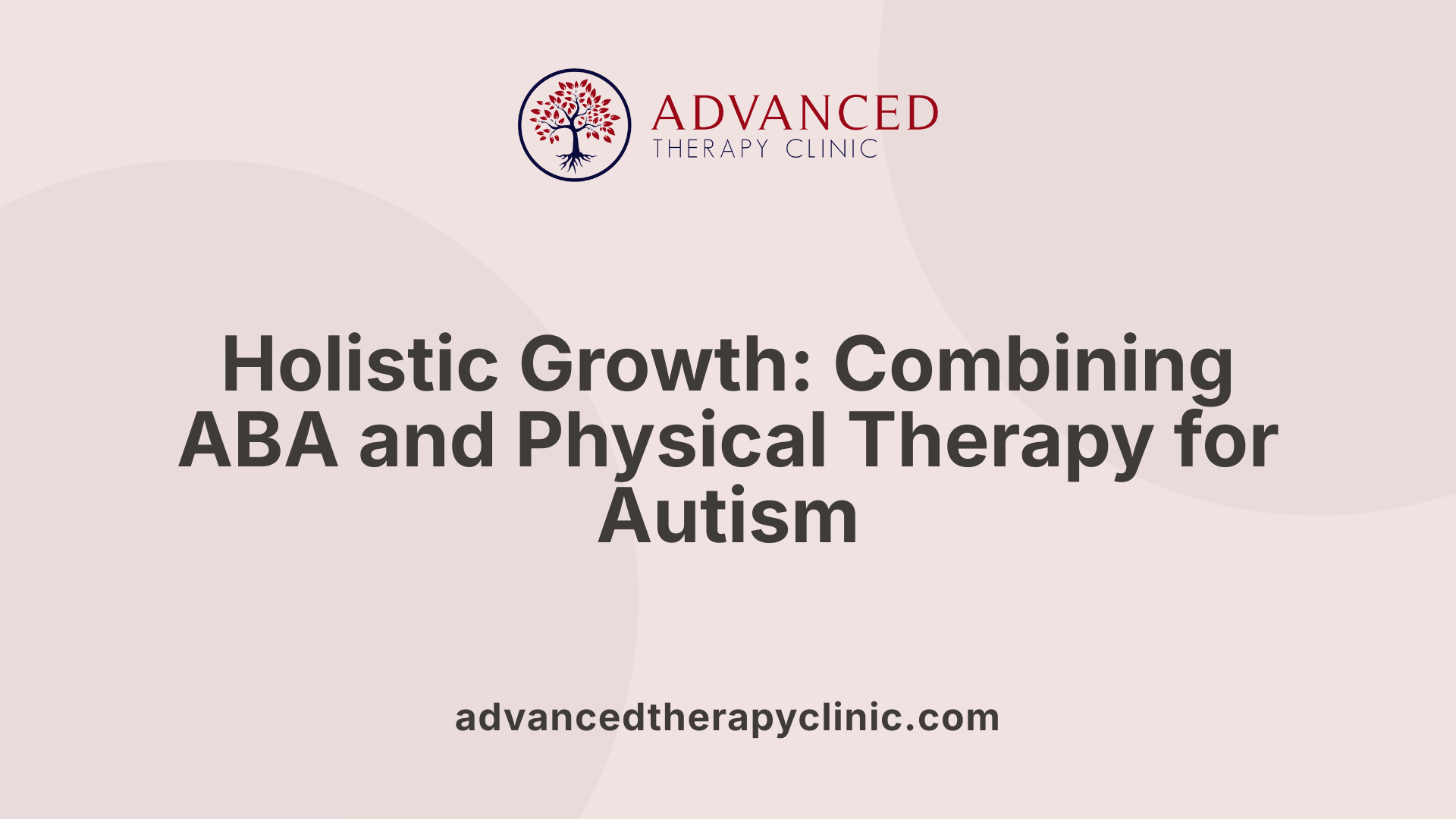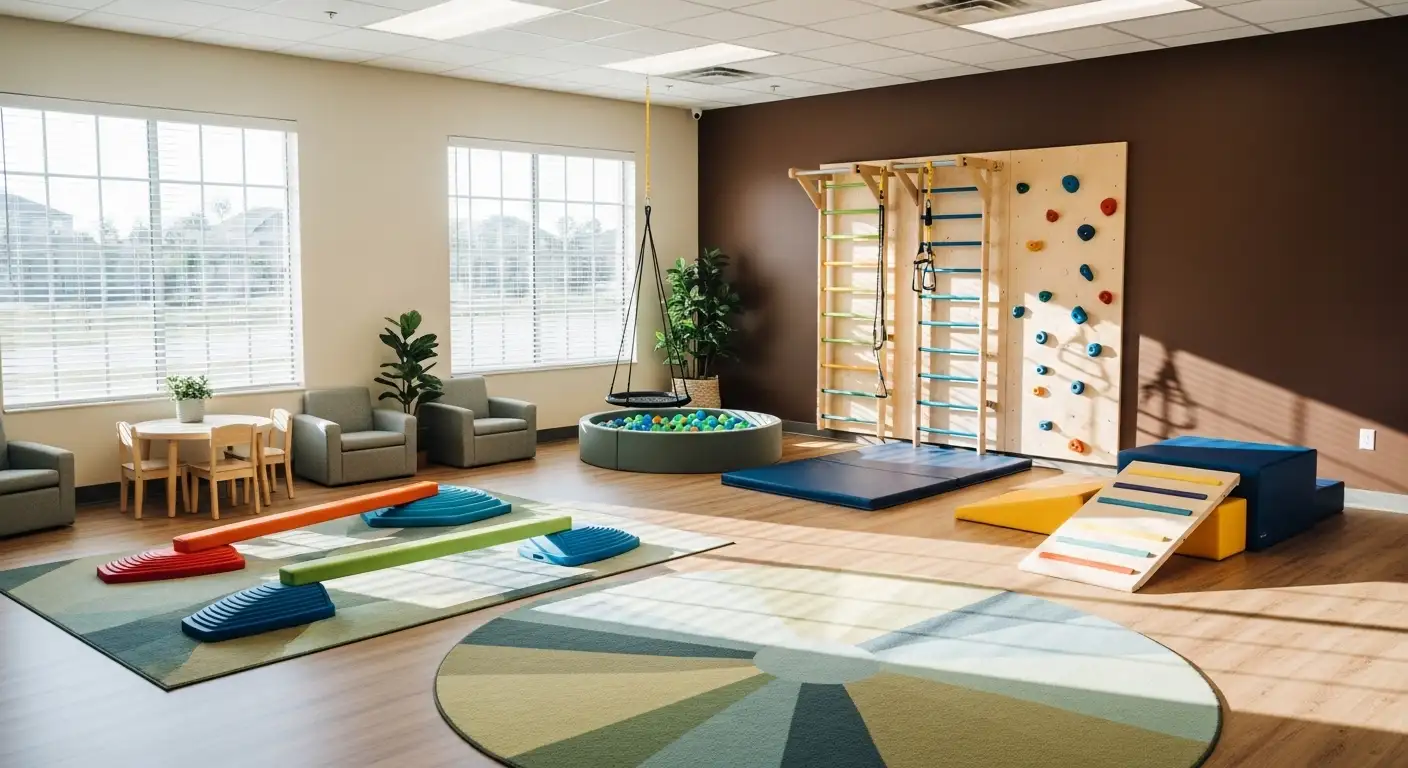The Benefits of ABA Therapy for Children with Autism


Understanding ABA Therapy and Its Role in Autism
Applied Behavior Analysis (ABA) therapy stands as the only scientifically proven treatment for autism spectrum disorder, with over 35 years of research validating its effectiveness. Endorsed by the American Academy of Pediatrics, ABA focuses on improving social interactions, communication, and essential life skills in children with autism. This article explores how ABA therapy benefits children with autism, its integration with other developmental therapies, and its profound impact when started early and personalized for each child's unique needs.
What is ABA Therapy and How Does It Benefit Children with Autism?

What is Applied Behavior Analysis (ABA) therapy?
ABA therapy is a scientifically supported treatment specifically designed for children with autism spectrum disorder (ASD). It involves using positive reinforcement and behavioral techniques to teach essential social, communication, and daily living skills. Each child's program is carefully tailored to their individual strengths and challenges, ensuring an effective and personalized approach.
How does ABA therapy benefit children with autism?
ABA therapy helps children develop vital life skills by encouraging positive behaviors and reducing disruptive actions that may interfere with learning. It focuses on improving social interactions and communication abilities, which are often areas of difficulty for children with autism. Through structured yet play-based sessions, children gain emotional, social, and cognitive growth in a safe environment.
What is the approach used in ABA therapy?
Modern ABA programs are child-centered and trauma-informed. Rather than forcing conformity, therapy emphasizes functional skills that matter most to each child’s daily life and well-being. This holistic and flexible methodology supports a child’s overall development and adapts as progress is made.
How are challenging behaviors addressed?
ABA therapy identifies behaviors that hinder learning or daily routines and employs positive reinforcement strategies to reduce these disruptions. This creates an environment conducive to participation in other therapies and daily activities, promoting greater independence over time.
Why is ABA therapy recommended?
With over 35 years of research, ABA is the only treatment for autism widely endorsed by institutions such as the American Academy of Pediatrics. Early intervention with ABA significantly improves long-term developmental outcomes, including cognitive and language skills.
| Aspect | Description | Benefit |
|---|---|---|
| Scientific Backing | Supported by decades of peer-reviewed research and endorsements | Proven effectiveness |
| Individualized Plans | Tailored programs based on child's unique strengths and challenges | Personalized and targeted learning |
| Positive Reinforcement | Encourages desirable behaviors through rewards | Motivates participation and skill acquisition |
| Holistic Approach | Child-centered, trauma-informed, focuses on functional skills | Supports comprehensive development |
| Behavior Management | Reduces disruptive behaviors that impede learning | Enhances engagement and facilitates other therapies |
Early Intervention: The Importance of Starting ABA Therapy Sooner

Why is early intervention with ABA therapy crucial for children with autism?
Starting Applied Behavior Analysis (ABA) therapy as early as possible can make a significant difference in the developmental trajectory of children with autism. Early intervention promotes improvements in cognitive abilities, language skills, and social communication, which form the foundation for essential life skills and interactions.
ABA therapy, backed by over 35 years of research and recognized by the American Academy of Pediatrics, utilizes individualized treatment plans focused on the child's strengths and challenges. When introduced early, ABA helps children adapt more effectively, develop functional skills, and manage behavior challenges that might otherwise hinder learning.
By enhancing language development, children can better express their needs and participate in social interactions, reducing frustration and isolation. Cognitive gains from early ABA enable improved problem-solving, attention, and following of instructions, strengthening learning capacity across settings. Socially, children develop vital communication cues and relationship-building skills, which increase confidence and reduce anxiety.
Together, these improvements contribute to a more favorable long-term prognosis. Children who start early ABA therapy often demonstrate greater independence in daily living activities and achieve enhanced quality of life compared to delayed intervention. Early ABA lays a solid groundwork for continued success across academic, social, and personal domains.
In summary, initiating ABA therapy as soon as autism is identified accelerates developmental progress, supports foundational skills, and maximizes positive outcomes for children and their families.
Integrating ABA Therapy with Physical Therapy for Holistic Development

How does combining ABA therapy with physical therapy benefit children with autism?
Combining ABA therapy with physical therapy creates a well-rounded developmental plan for children with autism. While ABA focuses on encouraging positive behaviors and teaching social and communication skills, physical therapy enhances gross motor skills such as running and jumping, and fine motor skills like writing and buttoning clothes. This combination addresses both behavioral and physical aspects of development simultaneously.
Physical therapy's role in gross and fine motor skills
Physical therapy helps children develop essential motor abilities that are crucial for everyday activities. Exercises are play-based and individualized, focusing on improving strength, balance, coordination, and endurance. Fine motor skills important for daily tasks, such as hand-eye coordination and posture stability, are also targeted to promote independence.
Enhancement of coordination, balance, and body awareness
As physical therapy improves coordination and body awareness, children often show greater confidence in their ability to participate actively in daily life. Better balance and motor control reduce frustration and increase engagement, making it easier for children to explore their environment comfortably.
ABA techniques reinforcing positive behavior during physical therapy
ABA strategies play a vital role during physical therapy sessions by reinforcing positive behaviors and motivating participation. Positive reinforcement encourages children to engage more fully in therapy activities, leading to higher success rates and improved learning outcomes.
Benefits of sensory integration techniques
Physical therapy often incorporates sensory integration methods that help regulate sensory processing and reduce sensitivities. Improved sensory regulation allows children to better tolerate various environmental stimuli, which in turn supports smoother transitions and interactions within their surroundings.
Skill generalization across therapies boosting independence and confidence
A combined approach between ABA and physical therapy promotes skill generalization, meaning children apply learned skills across different contexts. This enhances communication, daily living activities, and overall independence, boosting both confidence and quality of life.
| Aspect | ABA Therapy Contribution | Physical Therapy Contribution |
|---|---|---|
| Behavior & Motivation | Reinforces positive behaviors, promotes engagement | Supports motor skill development and sensory regulation |
| Motor Skills | Encourages practice and functional use | Improves gross and fine motor control and balance |
| Sensory Integration | Assists in behavior regulation related to sensory input | Provides specific sensory integration techniques |
| Independence & Confidence | Builds social and communication skills | Enhances coordination and body awareness |
Together, ABA and physical therapy offer a comprehensive, child-centered approach that significantly benefits children with autism, supporting holistic development and greater autonomy.
Collaborative Approaches with Occupational and Speech Therapies

What is the role of occupational and speech therapies alongside ABA?
Occupational therapy (OT) plays a crucial role in helping children with autism tackle sensory processing challenges and master essential daily living skills such as dressing, eating, and handwriting. Speech therapy targets improvements in both verbal and nonverbal communication, aiding children in expressing needs, understanding language, and using gestures effectively.
How does interdisciplinary collaboration enhance overall progress?
When ABA therapy, occupational therapy, and speech therapy work together, they form a unified and comprehensive approach to support children’s development. This collaboration allows each therapy to reinforce the others' goals. For example, skills learned during speech therapy can be strengthened with ABA reinforcement strategies, while occupational therapy's focus on sensory regulation removes barriers to communication and learning.
How does ABA reinforce communication and social skills learned from other therapies?
ABA therapy uses positive reinforcement and behavioral techniques to encourage the use of communication and social skills developed in speech and occupational therapy. This reinforcement helps children generalize these skills in different environments, boosting social interaction, confidence, and independence.
This combined therapeutic approach creates a robust support system that addresses sensory, communication, behavioral, and social aspects of development, leading to improved outcomes and quality of life for children with autism and developmental delays.
Behavioral and Emotional Benefits of ABA Therapy
How does ABA therapy support behavioral and emotional development in children with autism?
ABA therapy employs positive reinforcement to encourage desirable behaviors while decreasing disruptive actions that interfere with learning or daily activities. This method helps children manage sensory overload by gradually building tolerance and providing coping strategies tailored to individual needs.
Through structured interventions, ABA supports the development of emotional regulation skills. Children learn to recognize their feelings, express emotions appropriately, and manage anxiety or frustration effectively. Teaching self-regulation and resilience enables them to adapt to change and overcome challenges in daily life.
Moreover, ABA therapy includes social skills training that heightens a child's ability to engage with peers. Skills such as turn-taking, sharing, and understanding nonverbal cues are emphasized, which builds stronger peer relationships. This enhanced social competence boosts confidence and reduces social anxiety, making social interactions less daunting.
By combining these behavioral and emotional supports, ABA offers a comprehensive framework that not only improves behavior but also promotes psychological well-being and overall developmental progress in children with autism.
Enhancing Communication and Social Skills through ABA
How Does ABA Therapy Improve Expressive Language and Nonverbal Communication?
ABA therapy targets expressive language by encouraging children to use words, phrases, and sentences to express their needs and thoughts. It also promotes nonverbal communication skills such as gestures, facial expressions, and body language. Through consistent, positive reinforcement, children learn to communicate more effectively, which lays a foundation for improved social interaction.
In What Ways Can Children Understand and Use Social Cues?
ABA therapy incorporates exercises that help children recognize and interpret social cues like eye contact, tone of voice, and body posture. Learning to decode these cues helps children respond appropriately in social situations, enhancing their ability to engage in meaningful interactions with peers and adults.
How Does ABA Help Children Initiate Conversations and Build Relationships?
By breaking down social interactions into manageable steps, ABA teaches children how to start conversations, take turns speaking, and maintain dialogues. These skills support the development of friendships and peer relationships, which are essential for social confidence and emotional well-being.
How Are Communication Skills Generalized Across Settings with ABA Reinforcement?
ABA therapy emphasizes practicing communication skills in various environments—home, school, and community—to ensure skills transfer beyond therapy sessions. Therapists use consistent reinforcement strategies to motivate children to apply learned behaviors across settings, fostering independence and social success.
ABA therapy helps children develop expressive language, gestures, facial expressions, and social cue recognition. It encourages initiating conversations and forming peer relationships, reinforcing these skills consistently across different environments for better generalization and independence.
Designing Personalized, Collaborative, and Flexible ABA Programs
What makes ABA therapy programs effective for children with autism?
ABA therapy stands out for its individualized, child-centered approach that tailors treatment programs to each child's unique strengths and challenges. This personalization ensures therapies are meaningful and relevant, increasing children's engagement and success.
Programs are play-based and trauma-informed, emphasizing teaching functional skills that improve everyday life rather than enforcing conformity. This approach creates a safe and supportive environment where children can explore, learn coping strategies, and develop social and emotional intelligence.
Continuous progress monitoring is essential, allowing therapists to adjust goals and strategies in real time based on the child's response. This flexibility ensures the program evolves and remains effective as the child grows and their needs change.
Collaboration is another critical component. ABA therapy works in coordination with other therapies such as occupational, speech, and physical therapy to provide a holistic developmental approach. This integrated teamwork helps reinforce skills across settings, supports sensory and motor needs, and fosters comprehensive growth.
Holistic skill development forms the foundation of these programs, addressing cognitive abilities, communication, social skills, emotional regulation, and daily living competencies. By focusing broadly on all areas of development, ABA programs empower children to become more independent and confident in their daily lives.
The Transformative Power of ABA Therapy for Autism
ABA therapy offers a scientifically grounded, comprehensive approach that teaches children with autism the skills necessary for greater independence, improved communication, emotional regulation, and social engagement. Early intervention combined with personalized, collaborative strategies—including integration with physical, occupational, and speech therapies—enhances its impact, promoting holistic development across motor, cognitive, emotional, and social domains. As a cornerstone of autism treatment, ABA therapy unlocks each child's potential, enabling them to thrive in daily life and reach meaningful milestones.
References
- Using ABA Therapy Alongside Physical Therapy
- 11 Types of Therapy for Autism: Benefits & Costs Compared
- Interventions and Treatments for Autism in Kids | Inclusive ABA
- Benefits Of Combining ABA And Occupational Therapy For ...
- How ABA, Speech, and Occupational Therapy Work Together
- Applied Behavior Analysis (ABA) Therapy vs. Occupational ...
- Why PT, OT, and SLP Are Essential Partners to ABA Therapy
Recent articles

Benefits of Drama Therapy for Autism
Unveiling the Transformative Power of Drama Therapy for Children with Autism

Supporting Autism in Mainstream Classrooms
Integrating Autism Support in Inclusive Educational Settings

Sulforaphane Treatment of Autism
Unlocking New Pathways: Exploring Sulforaphane as a Promising Autism Therapy

How Physical Therapy Helps Children Build Core Strength
Building Strength and Confidence: The Role of Physical Therapy in Child Development

How Behavior Analysis Encourages Structured and Unstructured Play
Unlocking Play: The Role of ABA in Structured and Unstructured Learning

How ABA Therapy Supports Children with Anxiety
Unlocking Calm: The Role of ABA Therapy in Managing Childhood Anxiety


